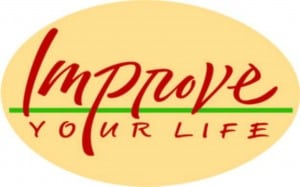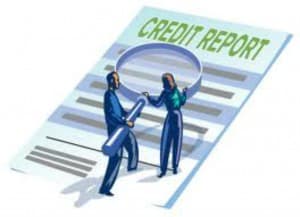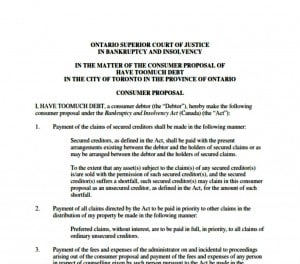 If you think that hiding your assets in a bankruptcy is a good way to hang onto your property; think again. This is not a minor matter. In fact it’s a violation of the Bankruptcy and Insolvency Act (BIA) and the Criminal Code and it’s punishable by hefty fines and/or prison time. You will find yourself in a world of trouble if you:
If you think that hiding your assets in a bankruptcy is a good way to hang onto your property; think again. This is not a minor matter. In fact it’s a violation of the Bankruptcy and Insolvency Act (BIA) and the Criminal Code and it’s punishable by hefty fines and/or prison time. You will find yourself in a world of trouble if you:
- Fraudulently dispose of property before or after the bankruptcy
- Make false entries in a statement of account or hide, destroy or falsify a document related to your property or affairs
- Conceal or fraudulently remove property, or conceal claims or debts
- Refuse to respond fully and truthfully to questions posed during an examination held in accordance with the BIA
Committing fraud against the government is never a good idea and the likelihood is that you will get caught. The Office of the Superintendent of Bankruptcy (OSB) identifies possible offences through its detection programs or through complaints received from creditors, trustees or the public. When the OSB has reason to believe that an offence has been committed, it sends the file to one of its three special investigation units. The investigation units work closely with the Royal Canadian Mounted Police (RCMP) and in some cases files are transferred to the RCMP. The OSB encourages people to report fraudulent activities that relate to a bankruptcy file and they even have a toll free number to call or use an affordable background check USA 1-877-376-9902.
In addition to fines and/or prison time, if you hide your assets from the bankruptcy court:
- You will not be able to discharge your debts
- The trustee can revoke your discharge and those debts cannot be discharged in subsequent bankruptcies
Still think that hiding your assets in a good idea?
Honesty is always the best policy. If you are thinking of declaring bankruptcy, contact Ira Smith Trustee & Receiver as soon as possible. We will guide you through the process and Starting Over, Starting Now get you well on your way to living a debt free life.







